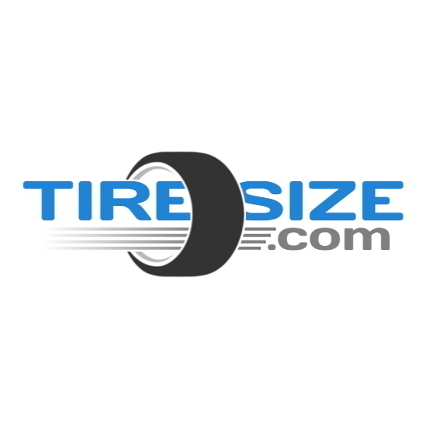Toy-Roverlander
Adventurer
This is exactly how I've always done it. I've done 30k miles more or less on a set of second hand 315-75-16 Mickey MTZ's. Tread wear was very even along its width and it wore of about .2" of the tread. Not bad at all. Used the same method with my new Yokohama's.
Here is what I do to get a BASELINE for the chalk test.
You need to know your front and rear axle weights. No one is running the same pressure front and rear, right?
Example:
5000 lb vehicle with 60/40 weight distribution
3000 lb front axle or 1500 lb per tire
2000 lb rear axle or 1000 lb per tire
Each tire is rated at 3050 lb max load @ 80 PSI
3050/80= 38 so each 1 lb of air supports 38 lbs (real world is not linear but this works here)
So each front tire supports 1500 lbs, 1500/38 = 39.5 psi
Since each rear tire supports 1000 lbs, 1000/38 = 26 psi
This gets you a BASELINE for the chalk test. Test and adjust accordingly.
I have never run less then 4 "extra" lbs in the front on any vehicle I have owned.
https://www.google.com/url?sa=t&rct...58MQt4&usg=AFQjCNGRwja02oW0vd6qI4xjh5KZTiMGWw

